In This Article
What Are The Possible Causes And Medical Treatments For White Spots On Face
White spots on the face usually occur due to the lack of melanin pigment in the skin, which is responsible for the colour of the skin. While ageing is a major contributor, several other factors causing it exist, affecting all age groups right from neonates to the elderly. It is critical not to overlook them. In the next section, we will elaborate the causes, symptoms and best treatment options to cure white spots on the face.
In This Article
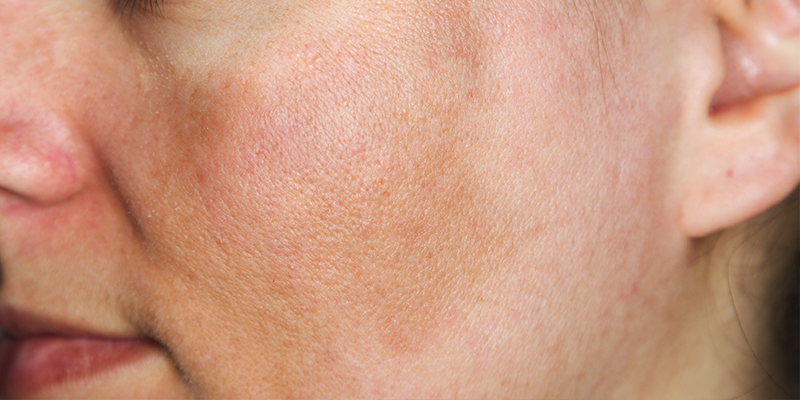
What Are The White Spots On Face?
White spots on the face are random, small and discoloured patches that may be dry, itchy and appear lighter in tone than the surrounding skin. White spots are either a result of a decrease or a complete absence of the pigment melanin or the melanocytes in the affected area and may be worrisome. Most white spots are harmless. However, they can spread to other parts of the body or become more prominent depending upon the underlying cause. Hence, timely treatment is of critical importance.
Must Read: Get Radiant And Glowing Skin With Pigmentation Treatment
Causes Of White Spots On The Face
White patches or spots can appear on the face with a sudden or gradual onset. The underlying causes of white spots include the following
-
Milia:
Milia are small white raised spots caused by damage to skin layers due to trauma, burns or underlying blistering dermatoses with disruption of skin barrier etc. It can affect all age groups and is common in newborns and infants.
-
Pityriasis Alba:
It is a type of atopic eczema that appears as dry, scaly patches commonly affecting children between the ages of 3 and 16. This condition affects about 5% of children around the globe, approximately. Mostly, it clears up within months or a year or so, though crops of lesions can continue to appear for a few years in some cases.
-
Vitiligo:
Vitiligo is a type of autoimmune disorder that causes white spots or patches anywhere on the body. These white spots can appear on the face, arms, hands, genitals, legs, trunk and feet. It can involve the lips as well. This type of skin disorder may develop at any age and may start as a small white patch which may remain stable or can gradually spread all over the body.
-
Tinea Versicolor:
This is a type of fungal infection that affects the superficial layers of skin. It results in faint white spots that appear after puberty but primarily occurs in people between 15 and 29 years of age when the sebaceous or oil glands are most active. The spots can be hypo or hyperpigmented and most commonly appear on the upper trunk and proximal arms. In a few cases, the spots can appear on the face as well. These spots may turn pink, red or brown in colour and appear dry or scaly with time.
-
Nevi:
Certain types of nevi can also appear as white patches on the face, e.g. nevus depigmentosus (due to a defect in melanocytes) or nevus anemicus (due to a defect in the sensitivity of blood vessels of the skin).
-
Contact Dermatitis/Contact Leukoderma:
An irritant or allergic response to certain substances, e.g. hair dyes, cosmetics etc. can also lead to the appearance of white patches on the face.
-
Piebaldism:
This is a condition characterised by the absence of cells called melanocytes in some regions of the skin and hair. Melanocytes produce the pigment melanin, which is responsible for the colour of the hair, eye, and skin. The absence of melanocytes leads to patches of skin and hair that are lighter in tone than usual.
- Other common triggers are yeast infections, which cause dry, white patches to form on the skins of individuals living in a warm and humid environment. An autoimmune disorder can create white spots in which skin pigment vanishes completely.
Must Read: How To Treat Eczema?
How To Remove White Spots From Face?
There are a handful of treatments for removing white spots, patches or marks from the face. A dermatologist will recommend the suitable treatment option for you based on the underlying cause. He may choose any of the following modalities:
-
Light-based Treatment:
Narrowband Ultraviolet B (UVB), Psoralens in combination with Ultraviolet A (UVA) and Excimer laser work by altering the immune response and the stimulation of pigment-producing cells, i.e. melanocytes.
-
Procedural treatments:
Your dermatologist may perform any of the following clinical procedures depending on the cause of the white patches.
-
Milia:
Extraction with needling or radiofrequency to eliminate the contents of milia.
-
Vitiligo:
Besides the medications, your dermatologist may consider specific procedure-based treatments for treating vitiligo depending upon the site, stability and age of the client. These include- dermabrasion, grafting techniques, melanocyte transplantation, tattooing etc.
-
Skin Care Regimen:
Your dermatologist will suggest an appropriate skin care routine if you have dry skin or eczema along with the other treatment options.
-
Prescription Medications:
Depending upon the cause and extent of involvement, the doctor will recommend topical treatment in the form of creams, lotions or ointments with or without oral medication.
Takeaway
Now, you know that the white spots or marks may occur due to an underlying medical condition and require appropriate treatment. It is best to rule out any such possibilities with early diagnosis to restore pigmentation. If you are noting the appearance of white spots on your face in the recent past, do not delay. Consult an experienced dermatologist today, to get rid of them at the earliest.
Our certified subject matter experts do extensive research and collate facts from reputed scientific journals and international studies to create informative and engaging articles related to all your dermatology concerns. They strive to help you decipher medical jargon, distinguish fact from fiction and overcome paranoia. Our qualified medical board or expert panel goes a step further to verify these facts based on their rich academic knowledge, vast clinical experience and critical industry insights to ensure you consume only medically accurate content that empowers you to make informed decisions about your hair and skin-care treatments and weight management. Check out our Editorial policy for further details.
https://pmc.ncbi.nlm.nih.gov/articles/PMC5228532/
https://pmc.ncbi.nlm.nih.gov/articles/PMC2784589/
https://pubmed.ncbi.nlm.nih.gov/18819726/
Read This Next
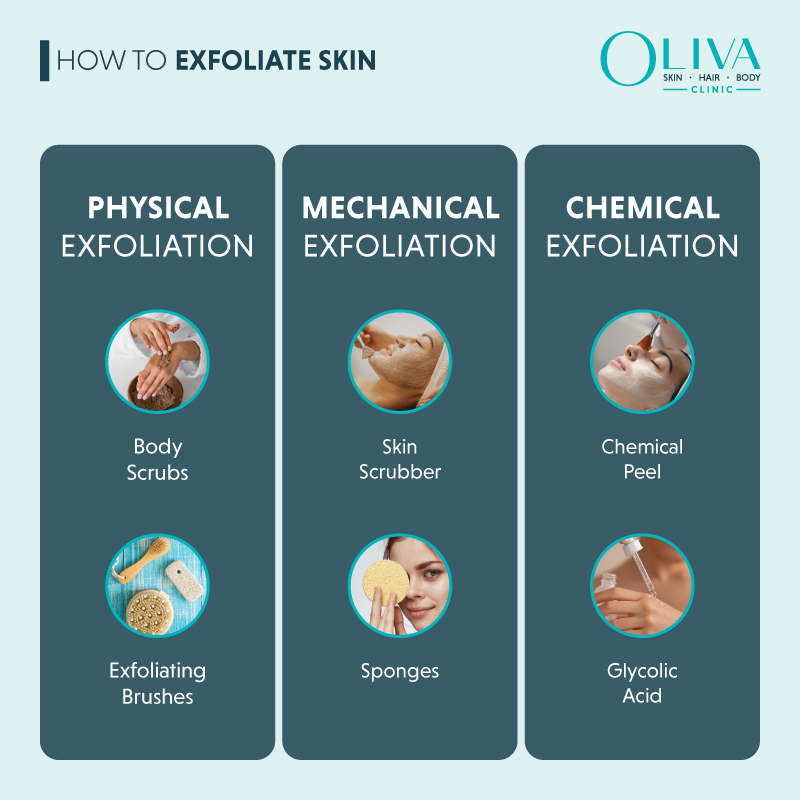
How To Exfoliate Skin: Types, Best Methods, Tips & Benefits
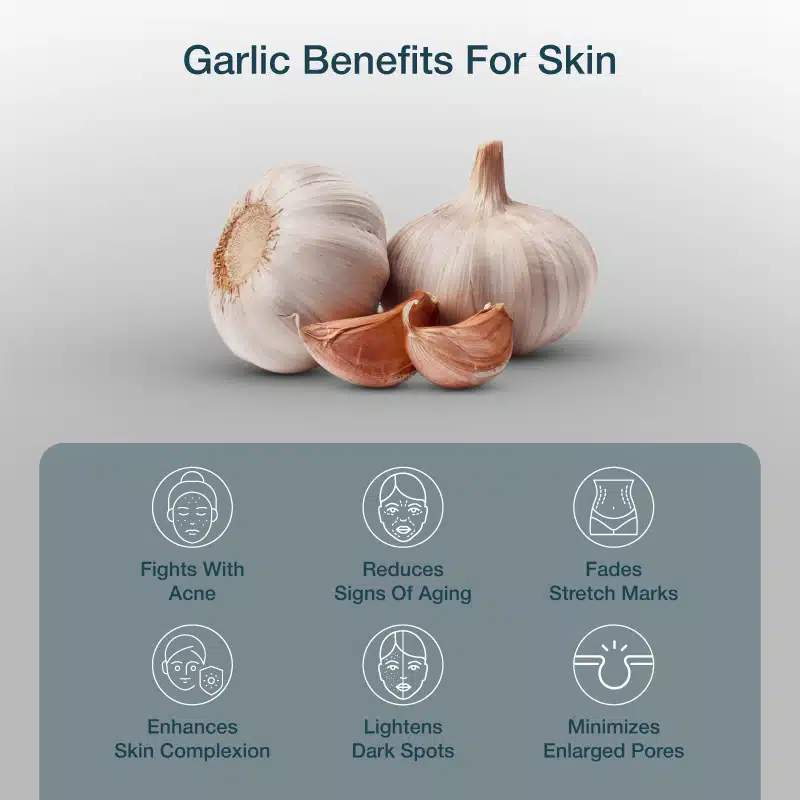
Garlic Benefits for Skin: Fights Acne, Anti-Aging & Glowing Complexion
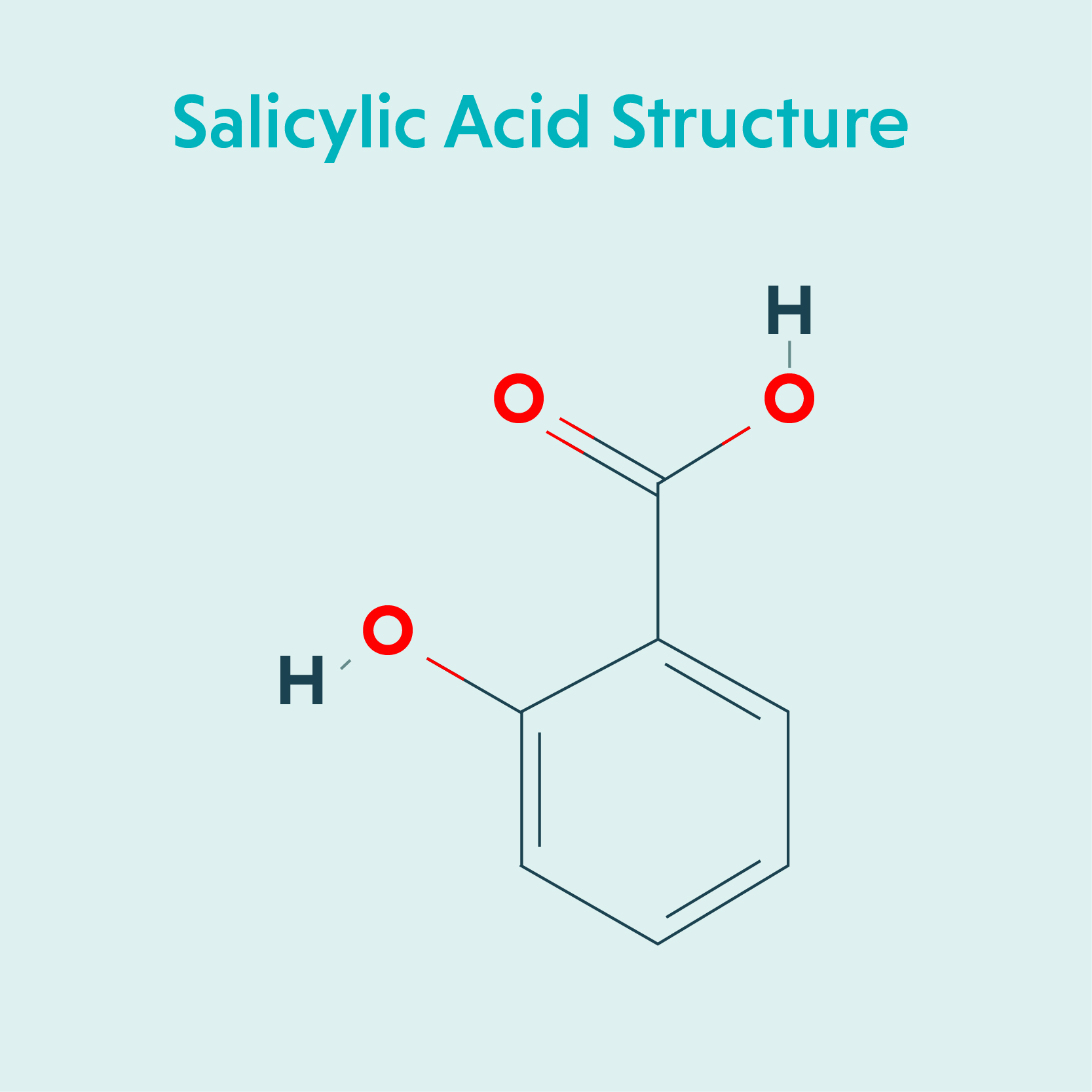
Salicylic Acid: Benefits, Uses, and How It Works for Your Skin

How To Remove Tan After Swimming? – Treatments & Home Remedies
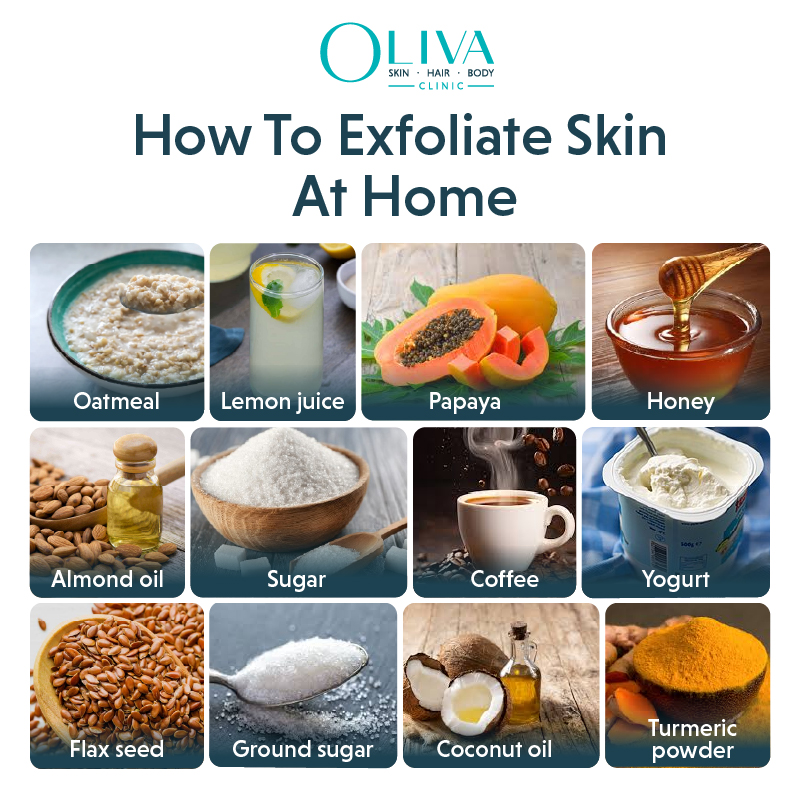
How To Exfoliate Skin At Home Naturally: Learn Effective DIY Methods



